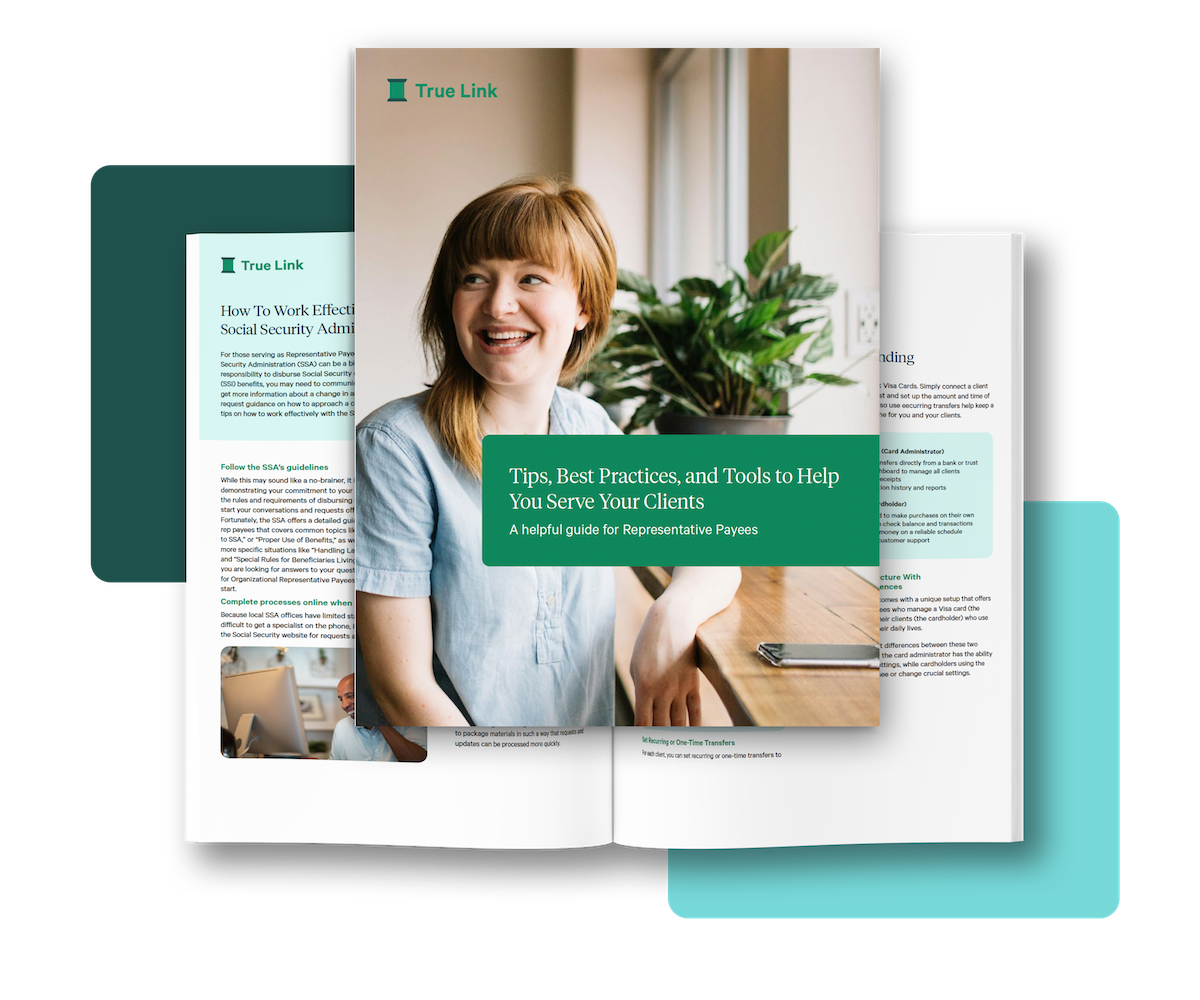5 Options for Repurposing Unused 529 Funds
You’ve spent years saving for education, but what happens if your child doesn’t use every dollar in their 529 plan? Maybe they earned scholarships, chose a less expensive school, or decided on a different path altogether.
The good news: those funds don’t have to go to waste. A 529 plan gives you several options for unused money, depending on your family’s needs and goals. In this article, we’ll walk through some ways to make the most of what’s left.
Option 1: Use funds for more than just college tuition
Many families are surprised to learn that 529 plans can cover a wide range of education-related costs – not just tuition. Funds can also pay for required textbooks, laptops, housing, and other essentials needed for enrollment or attendance. Understanding what counts as a qualified expense and how to use funds for common costs like off-campus housing can help you make the most of every dollar you’ve saved.
And 529 funds aren’t only good for undergraduate degrees. If your student decides to pursue graduate school, professional certification, or continuing education at an eligible institution, those expenses can also qualify.
Option 2: Change the beneficiary
If one student doesn’t need the funds, another might. You can transfer 529 funds to a qualifying family member without taxes or penalties. Eligible beneficiaries include siblings, parents, children, nieces, nephews, cousins, or even yourself. This flexibility is one of the biggest advantages of a 529 plan; it allows families to adapt as educational paths change. Maybe a younger sibling will use the funds later, or perhaps you’d like to take a class or pursue a degree yourself.
Next steps to take:
- Contact your 529 plan administrator to update the beneficiary.
- Confirm that the new beneficiary’s education expenses qualify under IRS rules.
Option 3: Use funds for K–12 or apprenticeships
Some families use leftover funds for younger children’s K–12 tuition (up to $10,000 per year as of 2025) or registered apprenticeship programs. This option can make your 529 plan useful well before college, helping to cover private school costs or support a child learning a skilled trade.
Next steps to take:
- Confirm the program is registered with the U.S. Department of Labor (for apprenticeship programs).
- Check your state’s rules – not all states conform to federal guidelines for K–12 use.
Option 4: Roll funds into an ABLE Account
If the original beneficiary has a disability (or another qualifying family member does) you may be able to transfer 529 funds into an ABLE account without taxes or penalties. This option can help support long-term independence and daily needs while preserving eligibility for important benefits like Supplemental Security Income (SSI) or Medicaid.
ABLE accounts are designed to help people with disabilities save for education, housing, and other qualified expenses without risking their public benefits. Rolling over unused 529 funds can turn leftover education savings into a powerful tool for financial stability and quality of life.
Key rules to know:
- The beneficiary of the 529 and the ABLE account must be the same person or a qualifying family member.
- The rollover amount counts toward the annual ABLE contribution limit ($19,000 for 2025).
Option 5: Roll funds into a Roth IRA
A newer rule allows some 529 funds to be rolled into a Roth IRA for the beneficiary, giving them a head start on retirement savings. This can be a powerful way to repurpose leftover education funds into long-term financial security. It’s especially appealing if the student received scholarships or finished school with money still in the account — instead of sitting unused, those funds can keep working for their future.
Key limits to know (as of 2025):
- The 529 account must be at least 15 years old.
- You can roll over up to $35,000 total per beneficiary and per 529 account (subject to annual Roth IRA contribution limits and the requirement that the beneficiary must have earned income in the year of the rollover).
- Contributions made within the past five years (and earnings on those contributions) aren’t eligible for rollover.
If you choose to withdraw funds for ineligible expenses
You can withdraw unused 529 funds for non-qualified expenses, but the earnings portion will be subject to income tax and a 10% penalty. For families who want to redirect funds toward other financial goals, this is an option, but you may want to explore tax-free and penalty-free alternatives first so your savings can go further.
The bottom line
Unused 529 funds don’t have to mean lost savings. Whether you redirect them to another student, roll them into a Roth IRA, or use them for other qualified education experiences, you have options. If you’re unsure which path fits your situation, a financial or tax advisor can help you weigh your choices – especially as rules continue to evolve and can vary by administrator and state.
Disclaimer: This article is for informational purposes only and does not constitute financial, legal, or tax advice. You may wish to consult a qualified advisor about your specific situation. State tax treatment of 529 plans varies, so check your own state’s rules before making decisions.










